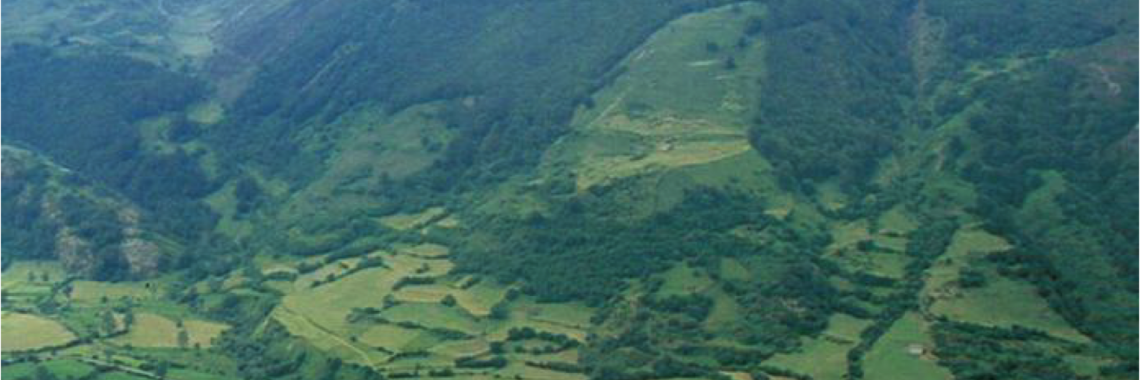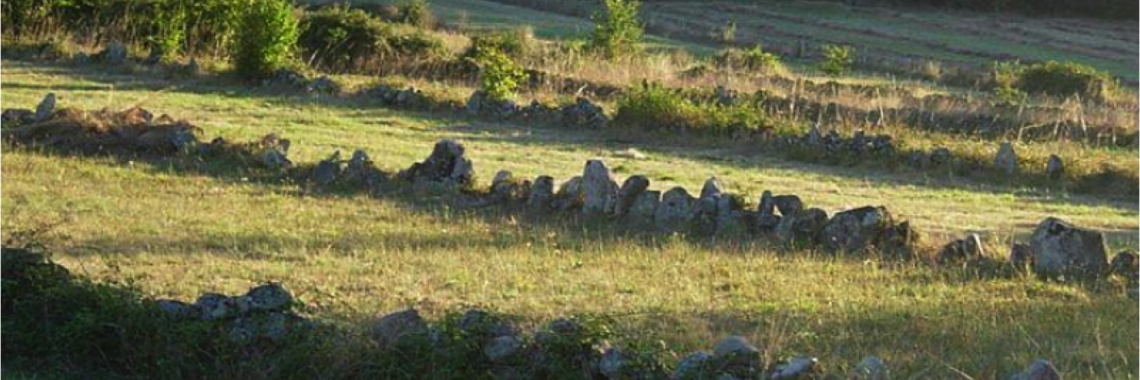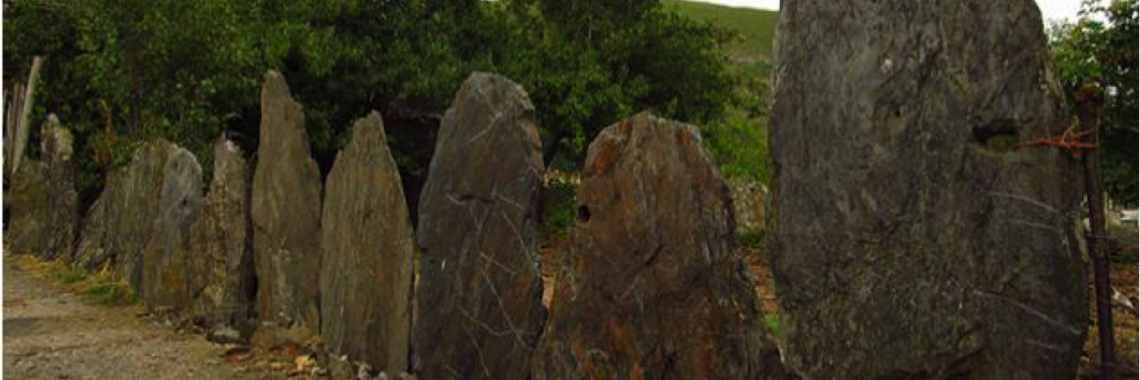Enclosed land in Spain
30.08.2017, by Bénédicte Gaillard
The entries are still in process, the e-atlas is still under development
Second half of the 14th century: reference of semi-openfields in Mondoñedo (Galicia)
First reference in XVIII century (Bouhier, 1979)
Boom: XIX and first half of XX century
After 1950s: Intensive systems
1960s: Breaking-up with traditional farming
1970s: Agricultural policy
1980s: Expansion of forestry
1986: Spain joins EU: milk and meat production development
Bouhier, A., 1979. Galicia, a Geographical Essay of an Old Agricultural Field System.
Université de Poitiers, Vendée (in French).
Calvo-Iglesias, MS; Fra-Paleo, U; Díaz-Varela, RA, 2009. Changes in farming system and population as drivers of land cover and landscape dynamics: The case of enclosed and semi-openfield systems in Northern Galicia (Spain).
Atlas de los paisajes de España. Ministerio de Medio Ambiente. 2003.
Los paisajes agrarios de España. Caracterización, evolución y tipificación. Ministerio de Medio Ambiente y Medio Rural y Marino. 2011.
Arquitectura del paisaje rural de la península Ibérica, Islas Baleares y Canarias. Francesc Navés Viñas. Omega. 2004.
Enclosed landscapes are typical for the humid Atlantic regions of the north of Spain, Galicia, Asturias, Cantabria and País Vasco.
Intensive area: northern mountains of Galicia.
Also characteristics in:
-Eivissa y Menorca.
-El valle de los pedroches
-Comarca Zamorana de Sayago
-Alt Empordà in Catolonia
Some areas keep the use patterns (Mieres, Langreo, Sotrondio...)
Rural tourism
Agronomic functions
Environmental functions
Recreational functions
Aesthetic functions
Wildlife functions
Various threats:
Socio-economic changes
Changes in the agricultural sector
Functional changes. New land uses (such production of energy).
Urbanization
Rural exodous











